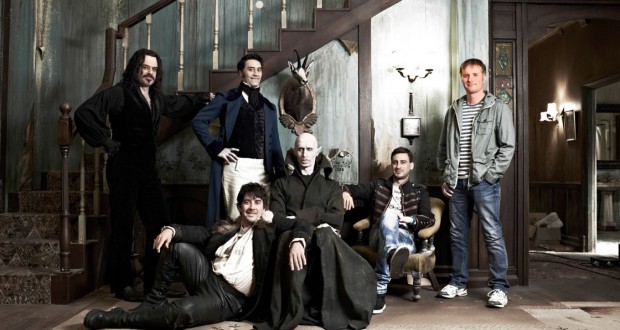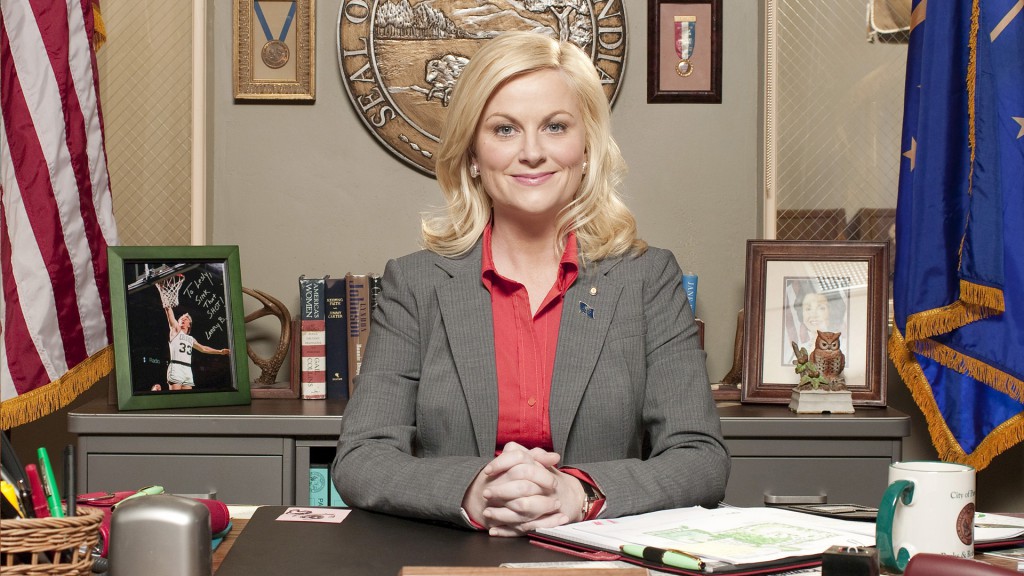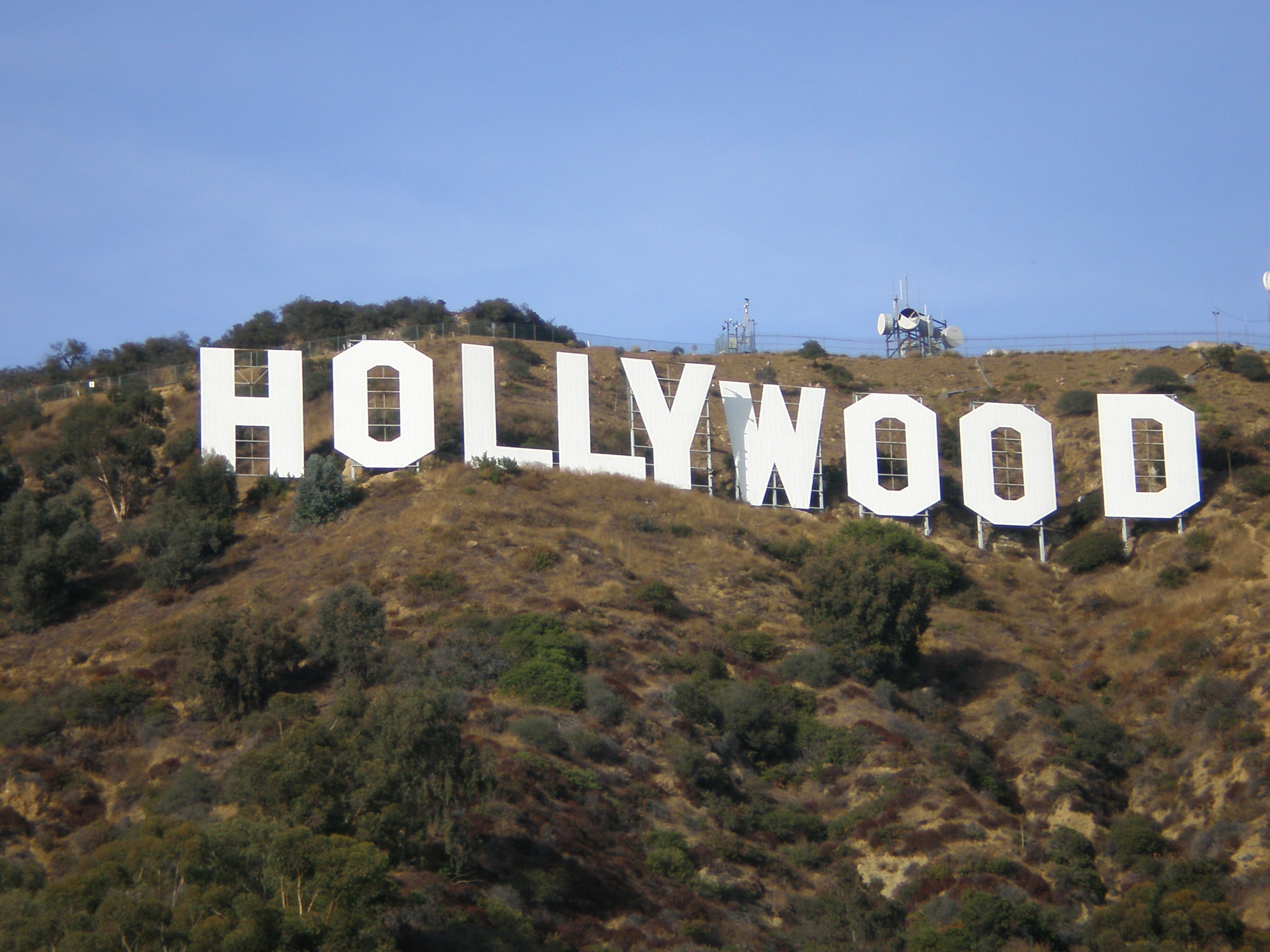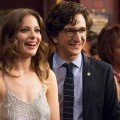I wanted to capture the… the sights, the sounds… the smells of a hard-working rock band, on the road.
What is more interesting than the bizarre stories that grace our television news programs? I remember loving the song ‘Horror Movie’ by Australian band Skyhooks as a kid. The song equates the 6:30pm news to a horror movie, with coverage of wars, murders, and other grizzly and depressing true stories unfolding around us. They were right. But the real world isn’t always terrifying or dramatic; sometimes it can be incredibly funny – especially if it isn’t trying to be.
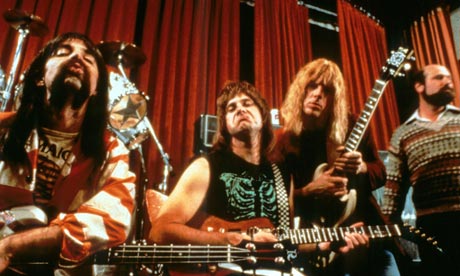 Capitalizing on the rich subject matter our real world provides and pairing such stories with the documentary film production style are pseudo-documentaries. There are a number of popular styles in popular television and film, including mockumentary, dramatic pseudo-documentary, docufiction, and found footage. But why are these filmmaking styles so popular for fictional tales? Isn’t the appeal of fictional storytelling the very escapism that pseudo-documentary somewhat avoids? After all, emulating a style that reinforces a more natural, factual presentation is hardly immersing the viewer in a fictional world, but trying to imply this is a real-world situation.
Capitalizing on the rich subject matter our real world provides and pairing such stories with the documentary film production style are pseudo-documentaries. There are a number of popular styles in popular television and film, including mockumentary, dramatic pseudo-documentary, docufiction, and found footage. But why are these filmmaking styles so popular for fictional tales? Isn’t the appeal of fictional storytelling the very escapism that pseudo-documentary somewhat avoids? After all, emulating a style that reinforces a more natural, factual presentation is hardly immersing the viewer in a fictional world, but trying to imply this is a real-world situation.
More and more of the sitcom landscape is filled with mockumentaries (such as The Office, Parks and Recreation, Modern Family), while films enjoy reveling the full gamut of pseudo-documentary sub-genres (the comedic, dramatic, and adding small pieces of documentary style footage to a wider film such as Orson Welles Citizen Kane or Oliver Stone’s JFK). But is this trend really so surprising? While I love the fantastical, there is so much to mine in the way the world does exist – biology, behaviour and relationships, government infrastructure, etc – that creating fiction within these constructs seems an obvious move. And to represent such fiction in a manner that purports to be ‘factual’, why not?
What I told you was true, from a certain point of view: Fact vs. fiction
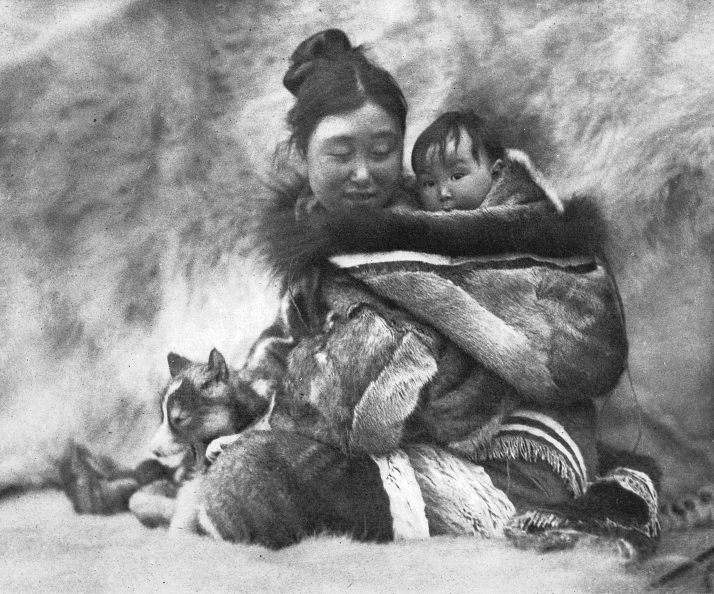 None of these genres pretend to be accurate, for the most part at least. While they employ the filmic techniques employed by documentary makers – such as talking heads, hand-held cameras, and other kinds of ‘observational cinema’ – pseudo-documentaries are works of fiction. Docufiction is the closest to being a messy line between the real and unreal. It’s a messy genre, where films claim to be documentary, but include fictionalized pieces – scripted, set-up scenes. The most common form of modern docufiction is reality television.
None of these genres pretend to be accurate, for the most part at least. While they employ the filmic techniques employed by documentary makers – such as talking heads, hand-held cameras, and other kinds of ‘observational cinema’ – pseudo-documentaries are works of fiction. Docufiction is the closest to being a messy line between the real and unreal. It’s a messy genre, where films claim to be documentary, but include fictionalized pieces – scripted, set-up scenes. The most common form of modern docufiction is reality television.
One of the pioneers of documentary, Robert Flaherty, came under fire for having had the Eskimo subjects of his so-called documentary acting out scenarios rather than merely having his camera follow them in a traditional cinéma vérité approach (Nanook of the North). He argued that having them act the part of ‘themselves’ would reveal more truth than simply observing. Whether or not you accept his argument, the issue is in the presentation – if you present it as factual and real, it should be. **Note that docufiction is very different from docudrama, where re-enactment is used to tell a factual/informative story.
Put it up to 11: The appeal of the mockumentary
 Mockumentary is probably the most popular form of pseudo-documentary today, using many of the tropes of documentary filmmaking to create comedy. While the genre is usually used to comment on current events and real-life situations (from life in the government with Parks and Recreation and The Thick of It to professional tennis in 7 Days in Hell to beauty pageants in Drop Dead Gorgeous), it can also be used for more fantastical stories, such as the brilliant What We Do In The Shadows. But even the New Zealand vampire comedy finds most of its humour in the ordinary: what it’s like to share a house with others.
Mockumentary is probably the most popular form of pseudo-documentary today, using many of the tropes of documentary filmmaking to create comedy. While the genre is usually used to comment on current events and real-life situations (from life in the government with Parks and Recreation and The Thick of It to professional tennis in 7 Days in Hell to beauty pageants in Drop Dead Gorgeous), it can also be used for more fantastical stories, such as the brilliant What We Do In The Shadows. But even the New Zealand vampire comedy finds most of its humour in the ordinary: what it’s like to share a house with others.
Like many of the best satire, mockumentaries use deadpan comedy and a spontaneous feel to the acting and dialogue to both ground the narrative in a realist feel as well as to highlight the often ridiculous nature of the real world. The style allows for tolerable exposition dumps when characters explain what has happened before or to show a montage of images to illustrate context. At its best, mockumentary can even poke fun at its own genre, as Abed does in Community: ‘It’s easier to tell a complex story when you can just cut to people explaining things to the camera.’ Another appeal of the mockumentary is the wild extrapolations of what is possible in order to become the absurd, allowing filmmakers to ask ‘what if’ while knowing the answer to the question is ludicrous.
In October of 1994 three student filmmakers disappeared in the woods near Burkittsville, Maryland, while shooting a documentary… A year later their footage was found.
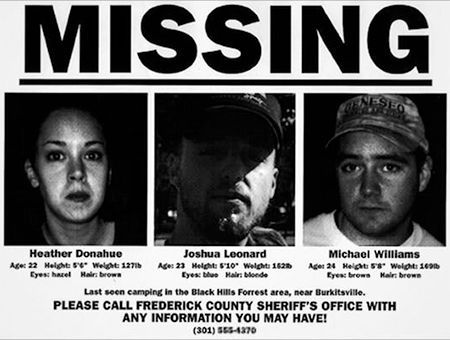 The horror genre loves the pseudo-documentary. The most common form used is found-footage, though there are horror films that use the documentary techniques more frequently found in mockumentaries, such as talking head interviews and the like. Found-footage pieces, popularized by 1999’s The Blair Witch Project, tend to use a hand-held, shaky cam effect where the audience sees events through the eyes of the characters. When tension is built, it often involves characters running for their lives, thus increasing the shaky effect and adding an element of creative obfuscation of exactly what is happening – thus making the situation all the more terrifying.
The horror genre loves the pseudo-documentary. The most common form used is found-footage, though there are horror films that use the documentary techniques more frequently found in mockumentaries, such as talking head interviews and the like. Found-footage pieces, popularized by 1999’s The Blair Witch Project, tend to use a hand-held, shaky cam effect where the audience sees events through the eyes of the characters. When tension is built, it often involves characters running for their lives, thus increasing the shaky effect and adding an element of creative obfuscation of exactly what is happening – thus making the situation all the more terrifying.
Arguably, found footage films are being pseudo-documentarian, as they are purporting to be ‘primary source material’. Not observational cinema in that the p.o.v. of the camera is very much the subjective prerogative of the characters wielding it but neither is it a constructed shot in the way of traditional cinema, it is something in between. A real-life piece of found footage would have to be included in a wider filmic structure to be called a documentary. Otherwise, it would remain simply ‘actual footage’ of a real life event. But again, it is this grounding in the real that gives found footage horror films an edge. It is far more terrifying if it feels like it could be real – and even more so if the camera’s p.o.v. immerses the viewer in such a way that they feel like it is happening to them, there and then.
Pseudo-documentaries find such brilliant material for their premises and remain powerful forms of storytelling from the same thing: the real world. Perhaps entertainment isn’t all about escapism, but exploring what other people in the world experience in a way that is both strongly narrative and factual in feel. Or maybe it’s just fun to have our entertainment presented with different technical stylistic elements. Whatever the reason, pseudo-documentaries are here to stay.
 Pop Verse Pop Culture Universe
Pop Verse Pop Culture Universe
